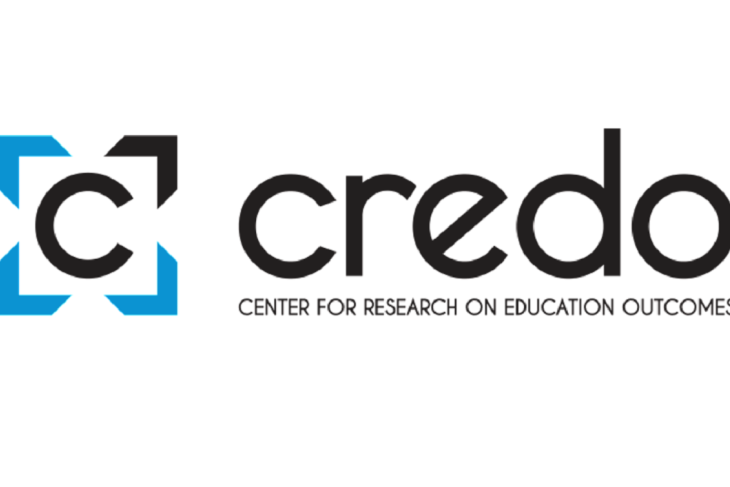Today, the Center for Research on Education Outcomes (CREDO) at Stanford University released a new analysis of Ohio charter school performance. The rigorous study examines state math and reading results over multiple years through 2016-17 and compares very similar students attending charter and district schools, yielding careful evidence about the impact of charters on pupil achievement. The Thomas B. Fordham Institute provided funding support for this research.
“CREDO’s independent analysis reminds us that charter school performance can’t be painted in broad brush strokes,” said Chad L. Aldis, Vice President for Policy and Advocacy at the Fordham Institute. “Black students make impressive gains—equivalent to several weeks of additional learning—when they attend charter schools. Unfortunately, online charter students continue to struggle tremendously.”
Key findings include:
- Statewide charter performance is mixed. Combining both brick-and-mortar and online schools, charter pupils make gains similar to their district counterparts in reading and fare modestly worse in math. The statewide data, however, are dragged down by the extremely poor results of online schools, which during this period enrolled about 30 percent of all Ohio charter students.
- Black charter students make significant gains compared to their peers attending district schools. On average, they receive the equivalent of 59 additional days of learning in reading and 24 days in math when attending charters. This result includes both brick-and-mortar and online charters, though e-schools enroll relatively few black students (just 13 percent) while brick-and-mortars serve primarily black students (60 percent).
- Major performance differences exist between brick-and-mortar and online charters. Students of all races attending brick-and-mortar charter schools make gains in reading equivalent to 24 extra days of learning in a 180-day school year, and perform similarly to their district peers in math. However, online charter students lose significant ground in both reading and math, equivalent to losses of 46 and 136 days respectively. (The online results included data from the large and low-performing Electronic Classroom of Tomorrow which closed in January 2018.)
“In a state with massive achievement gaps, we must acknowledge the positive difference that charters are making to improve the life prospects of African-American students,” said Aldis. “As lawmakers discuss ways to ensure an excellent education for all, properly supporting quality brick-and-mortar charter schools should be high on their priority list. At the same time, they should seek better ways of spurring big improvements among the state’s online schools.”
To read this report, please visit: www.credo.stanford.edu or click here.

